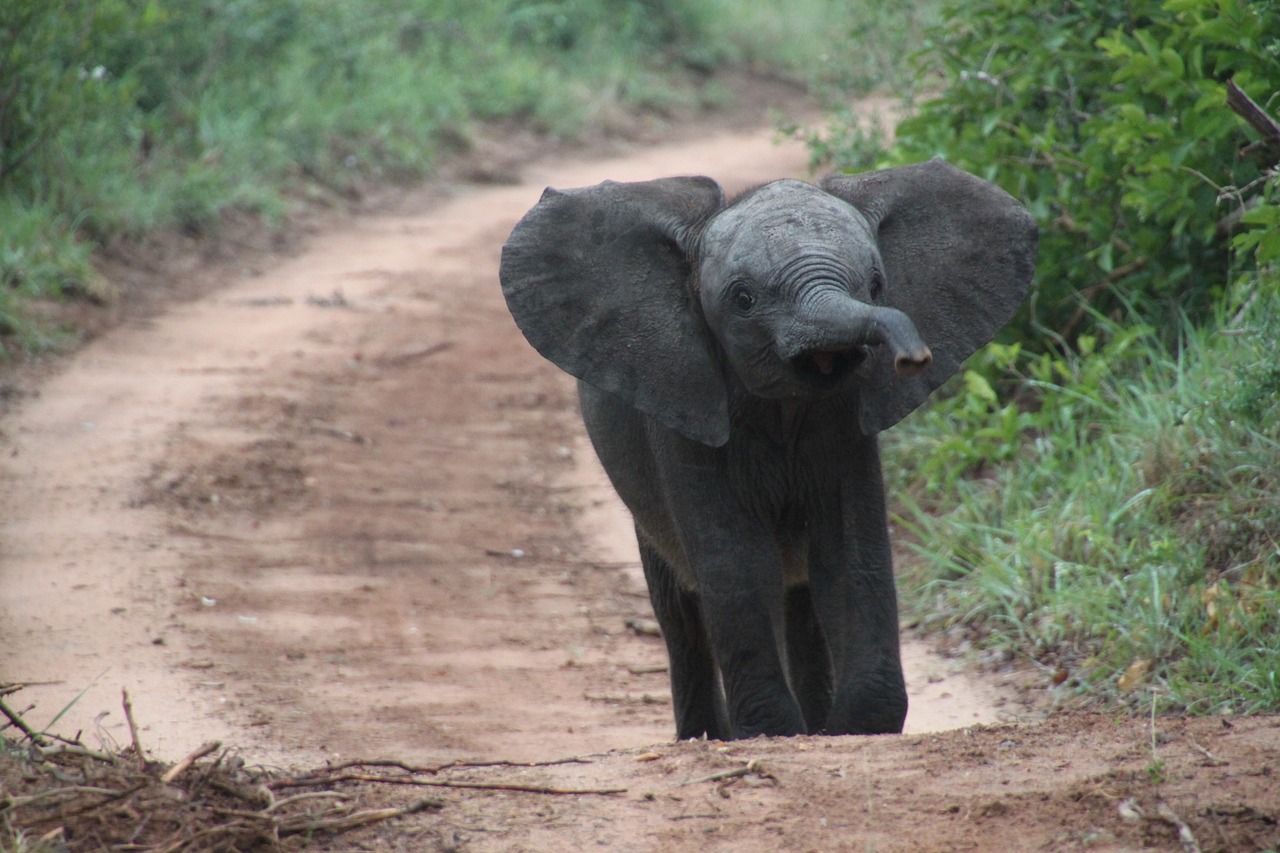
|
LOCATION/HABITAT
They are native to 37 countries in Africa. They are losing more and more of their habitat. the female elphants live with the herds with their young, but adult males have a tend to roam on their own. They range throughout sub-Saharan Africa and in the rain forets of cantral and West Africa. The norhternmost elephants are found in Mali's Sahel desert. The small herd of Mali elephants migrate in a circular route through the desert in search of water. |
SIZE/FOOD
African elephants wiegh about 2.5 to 7 tons. Their height is 8.2 to 13 ft at their shoulders.They can live up to 70 years. They are the largest land mammals. They normaly walk about 4 mph.
|
| POPULATION
It was estimated that nearly 7-10 million elephants existed in the 1930's. Today ther is estamated about 450,000 to 700,000 African elephants alive today. Habitat is a major cut back which results to having less African elephants. Ivory trade is another threat to the Afican elaphants. |
| WHY ARE THEY IMPORTANT AND THREATS TO THEM
Elphants are important to the
eviroment because they help maintain forest and savanna ecosystems. They are also integrally tied to rich biodiversity.
|
Fun Facts About African Elephants
- they are able to swim for a long distance - there litter size is usually 1 calf: having twins are very rare - male elephants leave the heard between the ages 12 and 15 - they have the largest brains in the animal kingdom - one ear from abull african elephant wieghs more than 100 pounds - their trunk is actually a very long nose that is useed to smell, bret-athing, trumpeting, drinking, and also for picking objects up especially for grabbing food |
| SOURCES
national geograpic fun facts wild-life conservation worldlife African Elephant threats |